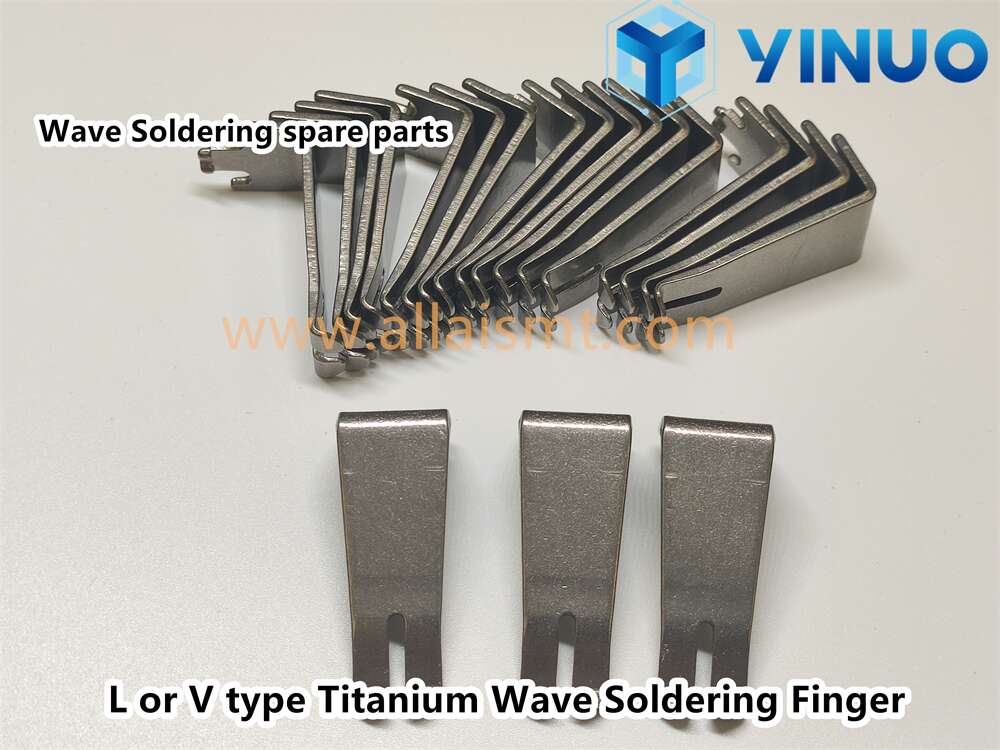Printed Circuit Board (PCB) is an indispensable element in almost all electronic applications. They bring life to electronic and electromechanical devices by routing signals in circuits and realizing their functions. Many people know what PCBs are, but only a few people know how they are made. Nowadays, PCB is constructed by pattern electroplating process. They will continue to the next stage, mainly including etching and stripping. This article will effectively take you into all stages of the design process of printed circuit boards, but will pay more attention to the etching and stripping process of printed circuit boards.
PCB design and proofing manufacturing process
According to different manufacturers, PCB proofing manufacturing process may be slightly different, especially in component installation technology, test methods and so on. They use various automatic machines for drilling, electroplating, stamping, etc. for mass production. Except for some minor changes, the main stages involved in the PCB manufacturing process are the same.
Stage 1: An 8-Step Guide to Etching PCB
The PCB is made by bonding a copper layer on the whole substrate. Sometimes, both sides of the substrate are covered with copper layers. PCB etching process (also known as controlled level process) is to use temporary mask to remove excess copper from PCB panel. After the etching process, the required copper traces are left on the circuit board. PCB etching process is completed by using highly aggressive ammonia-based solution-ferric chloride or hydrochloric acid. Both chemicals are considered to be economical and abundant. To etch your PCB, you need to follow these steps:
1. Using any software you choose, circuit board design is the initial stage of the etching process. When the design is ready, print it on the transfer paper. Make sure the design is suitable for the glossy side of the paper.
2. Now, polish the copper plate neatly, which will make its surface rough enough to accommodate the circuit board design. There are a few things to keep in mind when performing this step:
(1) When dealing with etching solution, please use surgical or safety gloves, which will prevent oil from being transferred to copper plates and hands.
(2) When polishing the copper plate, make sure to cover all edges of the plate.
3. Wipe and clean the copper plate with water and alcohol. This will remove small copper particles from the surface of the board. After cleaning, let the board dry completely.
4. Cut out the PCB design accurately and put the board face down on the copper plate. Now, the board passes through the laminator several times until it is heated.
5. After heating the plate, take it out of the laminating machine and put it in a cold water bath. Stir the plate for a moment to make the paper float on the water.
6. Take out the circuit design from the tank and put it in the etching solution. Again, stir the plate for half an hour, which will help to dissolve the excess copper around the design.
7. Once the excess copper is washed off in the water bath, please let the board dry. After the copper plate is completely dried, wipe the alcohol to wipe off the ink transferred to the circuit board design.
8. Now, you are ready to etch the circuit board; However, you need to drill holes with appropriate tools.
Stage 2: PCB stripping process
Even after the etching process, some copper remains on the circuit board and is covered by tin/lead or electroplated tin. Nitric acid can effectively remove tin, while keeping the crack of copper circuit below tin metal. In this way, you will get a clear copper outline on the circuit board, and the circuit board is ready for the next process-solder resist.
Stage 3: solder resist
This is an important process in PCB design, which uses solder resist material to cover the non-soldered areas on the circuit board. As a result, it can prevent solder from forming traces, and traces can create shortcuts to adjacent component leads.
Stage 4: PCB testing
After the PCB is manufactured, testing is essential to check the functions and characteristics. In this method, the PCB manufacturer determines whether the circuit board works as expected. Nowadays, PCB has been tested with a variety of advanced testing equipment. ATG tester is mainly used to test large quantities of PCB, including flying probe and fixture-less tester.
Stage 5: PCB assembly
This is the last step of PCB manufacturing, which mainly includes placing various electronic components on their respective holes. This can be performed by via technology or surface mount technology. A common aspect of the two technologies is to use molten metal solder to electrically and mechanically fix the leads of the components to the circuit board.

